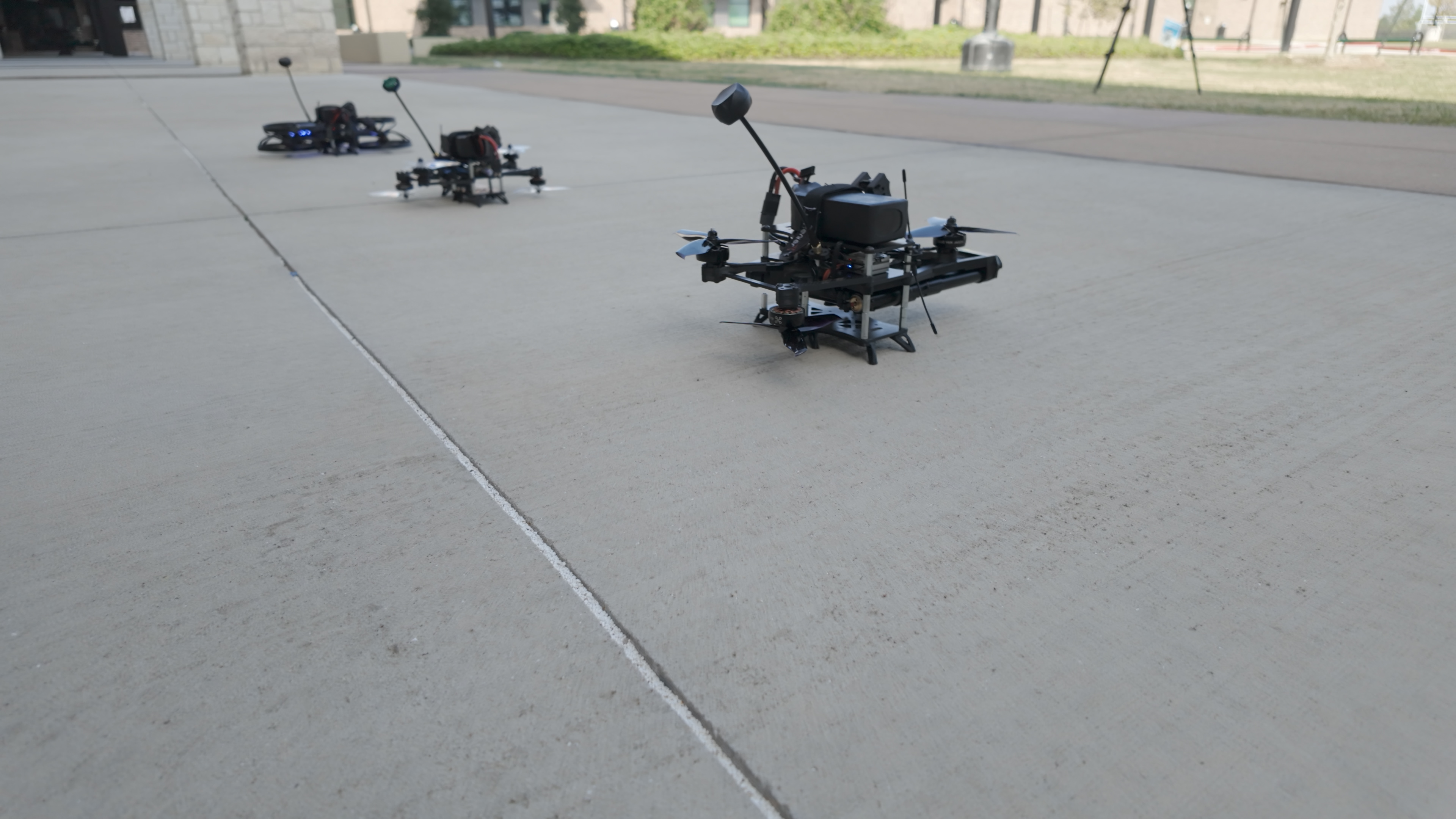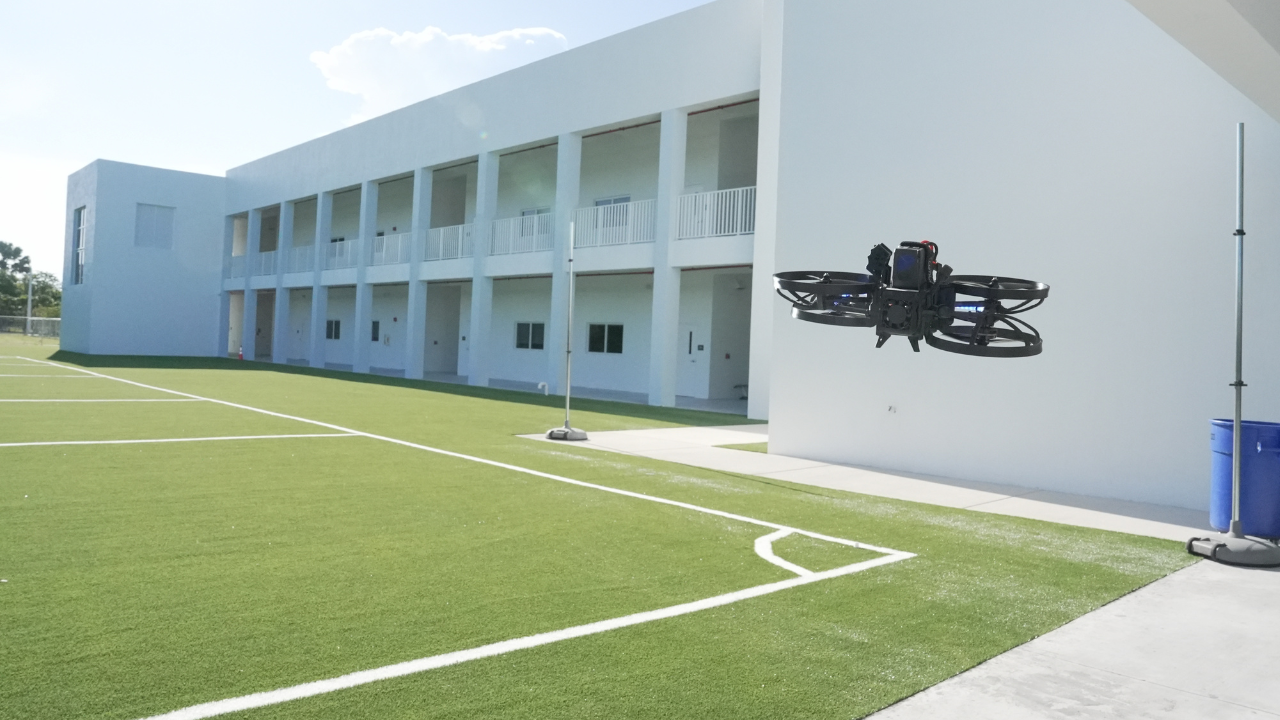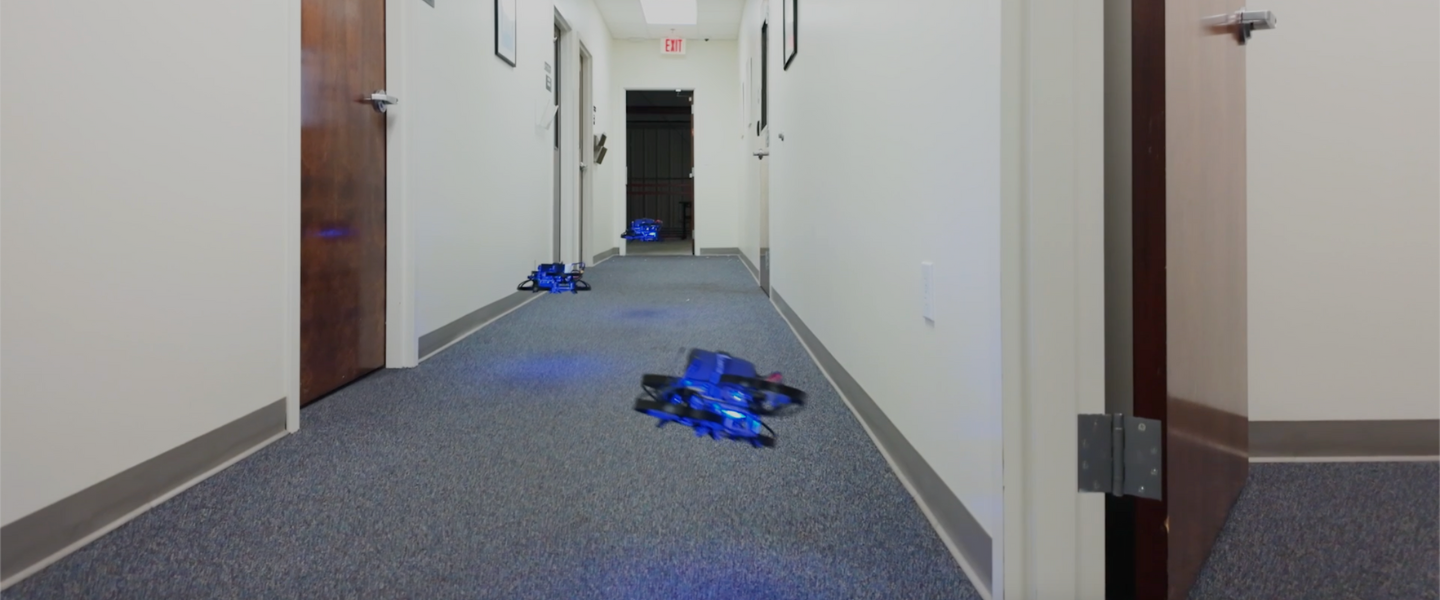Justin Marston
•
CEO and Founder
March 21, 2025
In School Safety, Density Matters
March 20, 2025
According to the School Safety database, there have been around 1,000 instances of school gun violence in the past 3 years, with 800 killed or wounded.
In school shootings, most of the casualties happen within the first 120 seconds. Every second earlier that a response can get there likely means more lives will be saved. By comparison, the national average 9-1-1 police response time to an active shooter is around 5 minutes or more – far longer than the critical first 120 seconds in school shooting situations.
This reality has been reflected in legislation across many States in America – the need for an effective on-site response. Following the tragic mass shooting in Uvalde Texas enacted a mandate for armed security officers at every school campus throughout Texas. Other States with mandates for on-site armed security officers include Florida and Utah, while other states have considered similar legislation in recent years.
As we have spoken to different school districts and school police officers, there are a variety of different approaches toward fulfilling such requirements. For example, many school districts have a single police officer at each high school. The challenge with this is the size and number of buildings on campus, and the speed with which a single on-site officer can get to the scene of a shooting.
I recently spoke with the Texas Student Council on School Safety, which is made up of high school students from across Texas.
One high school student said: “We have 5 buildings, I’m not sure if [the officer] can make it in time to save me and my friends.”
We have heard similar feedback from Round Rock High School and Champion High School in Boerne – including concerns that the campuses are up to a quarter of a mile across, meaning it can take several minutes for an on-site security officer to respond to an incident.
Recently, we conducted a technology demonstration of our drone solution at Midland Christian School in Texas. Several members of the Odessa Independent School District Police Department attended, and they commented that they have 67 people in their District Police Department – twice the size of the City of Odessa’s Police Department. Odessa ISD has 5 security resources at each of their high schools – typically 2 canine units and 3 officers.
Given how critical every second is during an active shooter response, the presence of on-site security personnel on a campus matters less than the speed at which a security response can arrive at any point in the school. In a large high school, the size of the campus necessitates more response actors (and resources) than in a small elementary school.
That’s why density matters. Rather than thinking at a campus level (irrespective of size), a more relevant metric is the ratio of response actors to students – such as having one response capability per 200 or 500 students. This is also how fire sprinkler systems work – they are typically calculated based on square footage to ensure a fire anywhere in the building can be dealt with quickly.
In Texas, legislation currently under consideration would tie funding allotment for each school district to having a ratio of security response actors to students – one response actor or capability for every 200 students in the district. The permissible response actors under the bill are school district peace officers, school resource officers, commissioned peace officers, canine units, school marshals, security officers and less lethal aerial devices (drones). This is the first bill we know of that adopts a density metric as opposed to solely being based on a per campus metric. It also makes a tremendous amount of sense.
At Campus Guardian Angel, we are pioneering the use of less lethal drones as a managed service to enhance school safety. Our strategy is to pre-stage boxes of drones throughout a school, with the number required based on the school layout and the need to ensure a drone can get anywhere in around 15 seconds. The drivers of this cutting-edge strategy are density and accessibility.
We pilot these drones remotely from our operations center in Austin, allowing our pilots to control any drone in any school and confront a shooter with less lethal effects as quickly as possible. This gives other security response actors more time to arrive at the scene, as well as better situational awareness and greater confidence in mitigating the threat in those crucial first 120 seconds.
As part of our managed service, we have a digital twin of each school we protect, and we have access to all of the school’s security cameras during an emergency. We do this so that we can identify and confront the threat as quickly as possible – again, every second matters.
Education is the most important priority for the future of our country, and every student has a basic human right to an education free from gun violence. At Campus Guardian Angel, our goal is to partner with on-site security officers, reducing the response time in an efficient and cost-effective manner that will ultimately save lives.












